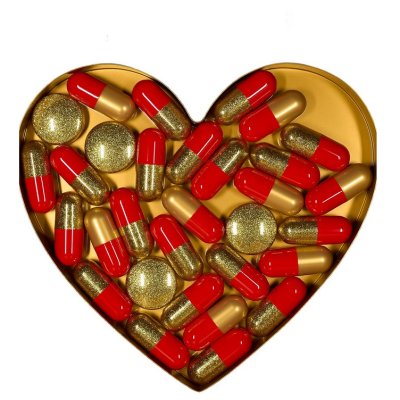
Sandwich Gallery
- 27.3 km from The Piscu School Workshop-Museum
Sandwich Gallery is a collective-run art space founded in 2017, transforming a narrow in-between area (roughly 11 square meters) tucked between two utility buildings into a vibrant incubator for site-specific and experimental installations. Located at 13 Pechea Street in Sector 1, the gallery's unconventional dimensions—about 1.5 meters by 8 meters...








